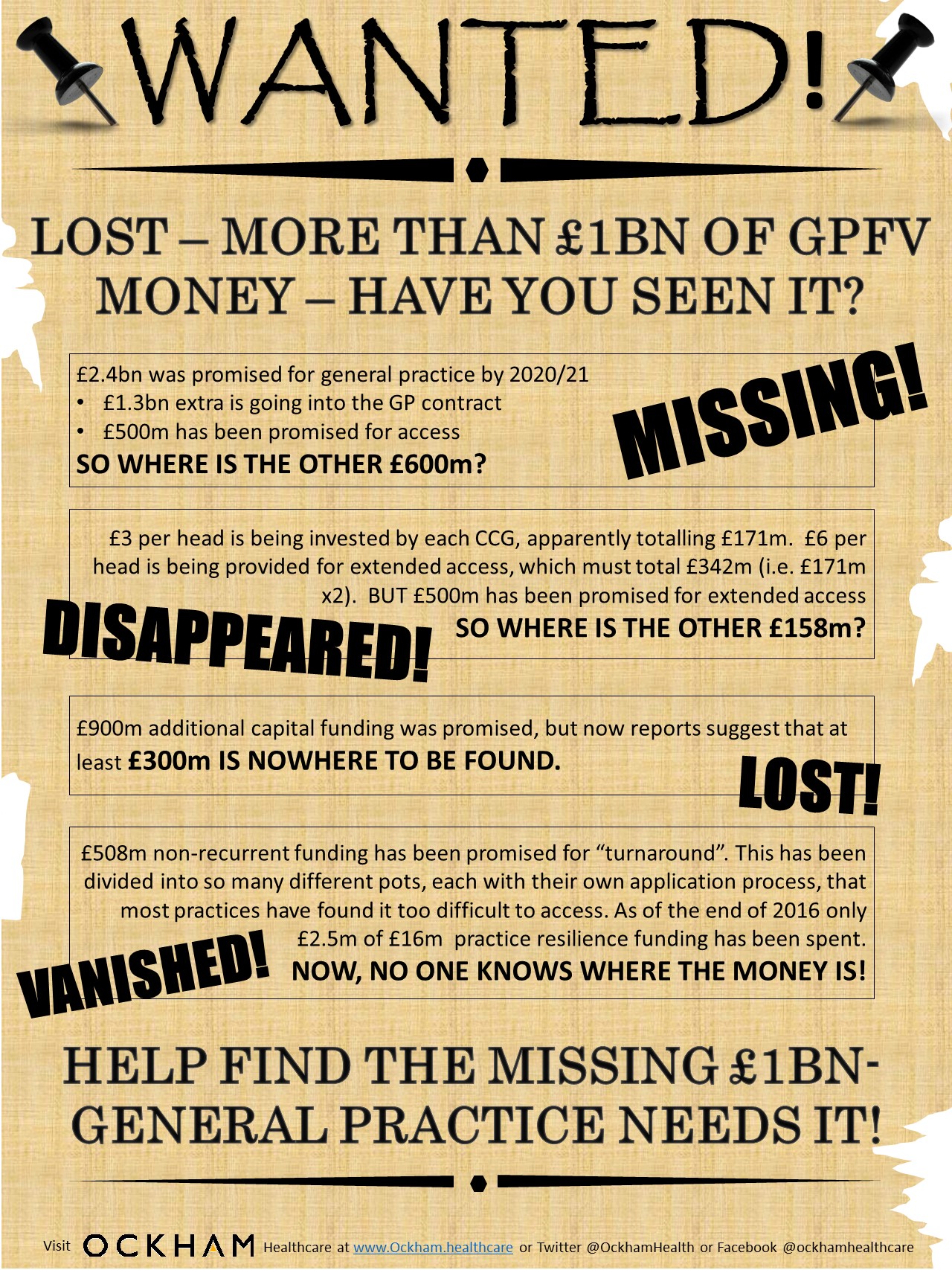In his second guest blog for us, mergers expert Robert McCartney argues that general practice will best thrive where there is a good balance of strong leadership and co-operation coupled with independence and the freedom to innovate.
The old expression of ‘herding cats’ was used when I first told people that I would be moving into primary care and working with GPs. Moving from the structures of an NHS trust the initial impression of primary care did feel like this.
Processes would be agreed and targets set but whether they were actioned felt like it depended upon the whim of the individual. As they hold significant power regardless of the position within the practice it was difficult to influence and change this mind set.
It dawned on me that traditional management structures and processes, particularly those largely learnt within the NHS were not appropriate for working with GPs. They are partially based on the belief that teams do need to be controlled and directed as a ‘herd’. Although this does have its place, particularly in larger teams needing to pull in the same direction it is less efficient with smaller groups were individuality is held at a greater value.
When considering the nature and reasons many doctors decide to specialise as GPs it was evident that the analogy of the cat remained relevant. Both are independent, don’t like to be interfered with, enjoy opportunities to explore new avenues whilst always being loyal to their home.
These are strong characteristics and have both positive and negative affects if they are not identified and managed appropriately.
If there are these similarities, then instead of thinking about the ‘herd’ we should be thinking about the ‘pride’. Within the ‘pride’ there is strong leadership, a close-knit family feel to the group and clearly defined roles emphasising the importance of co-operation. They allow independence and encourage exploration, especially of the younger members, whilst ensuring that they work together for the common purpose.
By recognising these qualities and purposes we can improve the structures and relationships needed to continue the success of primary care. Within most practices the traditional partnership model allows this structure to exist. It allows the retention of freedom and independence, whilst clearly defining the boundaries to ensure it ultimately helps the common purpose.
Other professionals who often work in this ‘pride’ mentality include lawyers, IFAs and accountants and they frequently work in variations of the partnership model. Working at scale can and does work with this model.
Partnerships are under-pressure and there are many different alternatives being explored but as long as the principles of strong leadership offering independence with controls are applied these models can succeed.
I would recommend that when GPs, practice managers, commissioners and anyone else look at how primary care can be provided at scale that they do not forget the frequently shared personal traits and ensure new structures maximise the benefits these bring.
Robert is Managing Director of McCartney Healthcare Associates Limited. He is an expert on practice mergers and this is the second in a short series of blogs he will be writing for Ockham Healthcare. If your practice needs a helping hand with its fledgling relationships, you can contact Robert via e-mail at rm@mccartneyhealth.co.uk or call 0203 287 9336.




